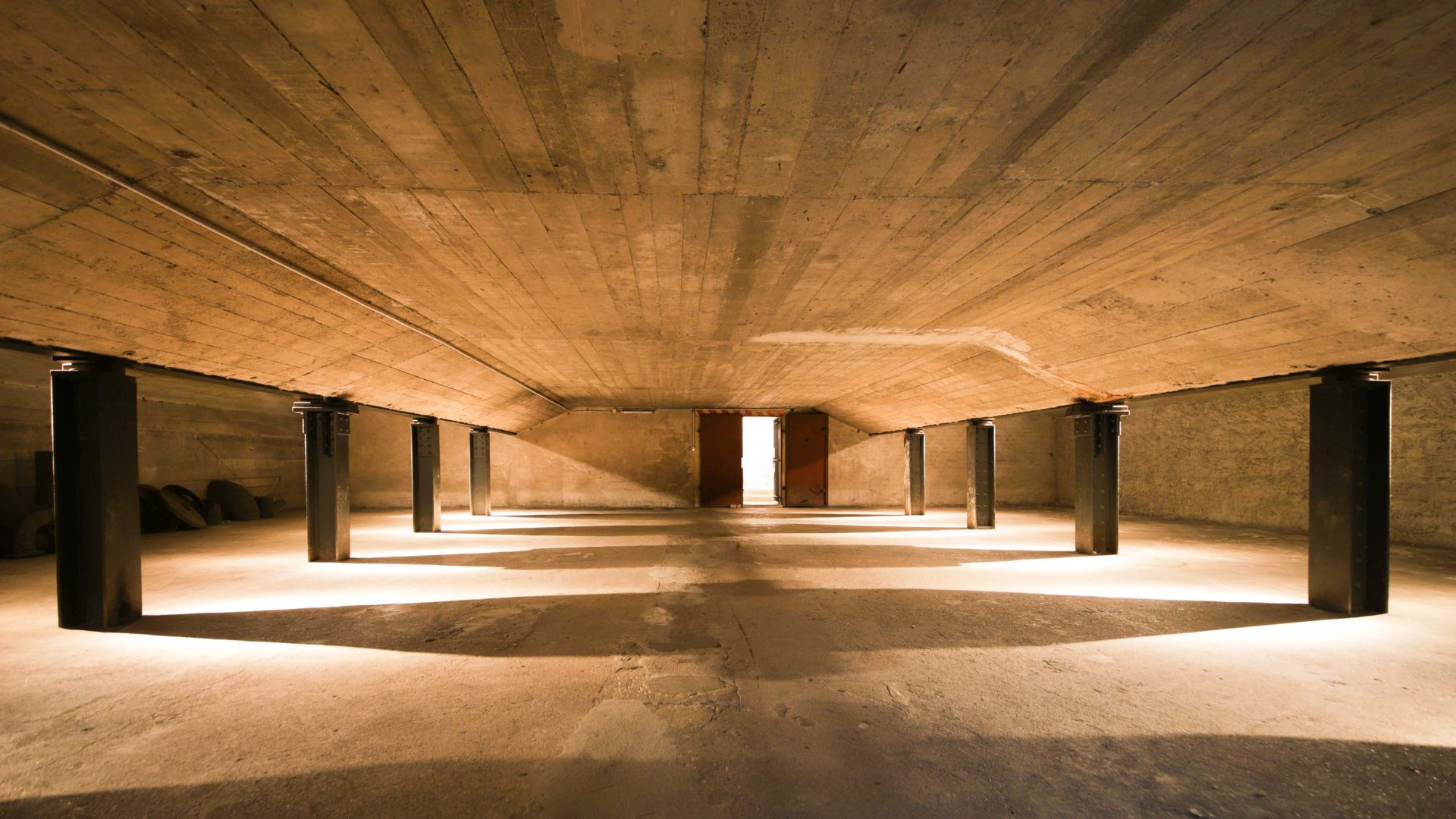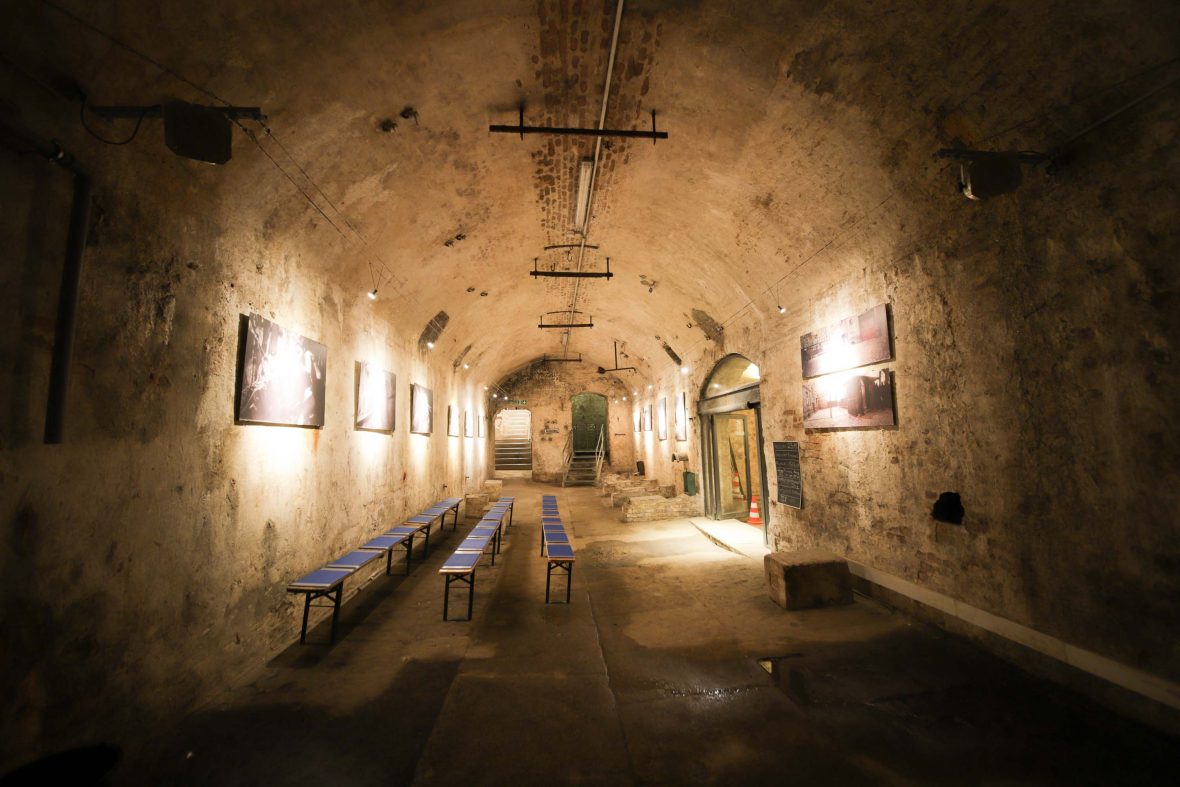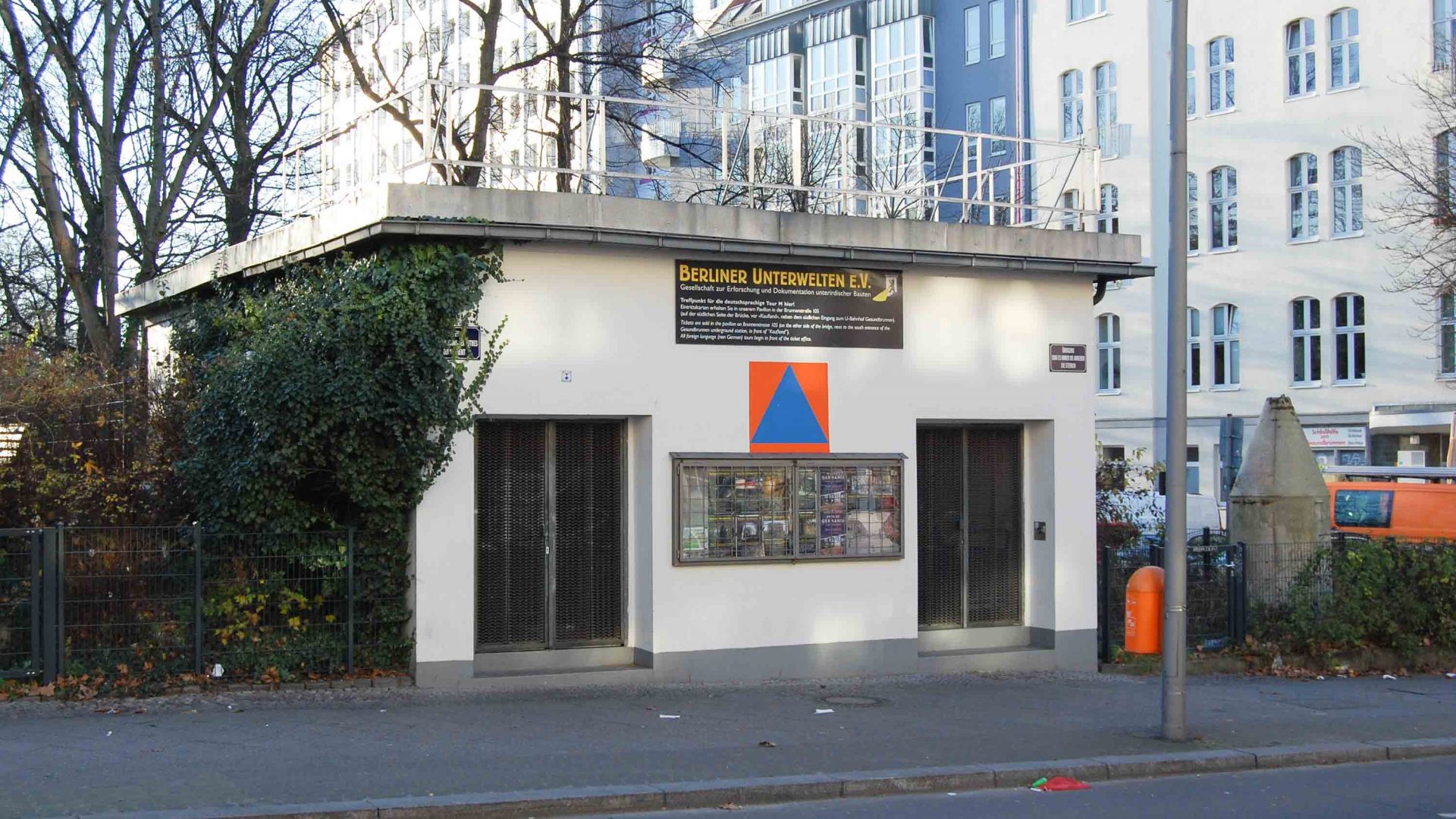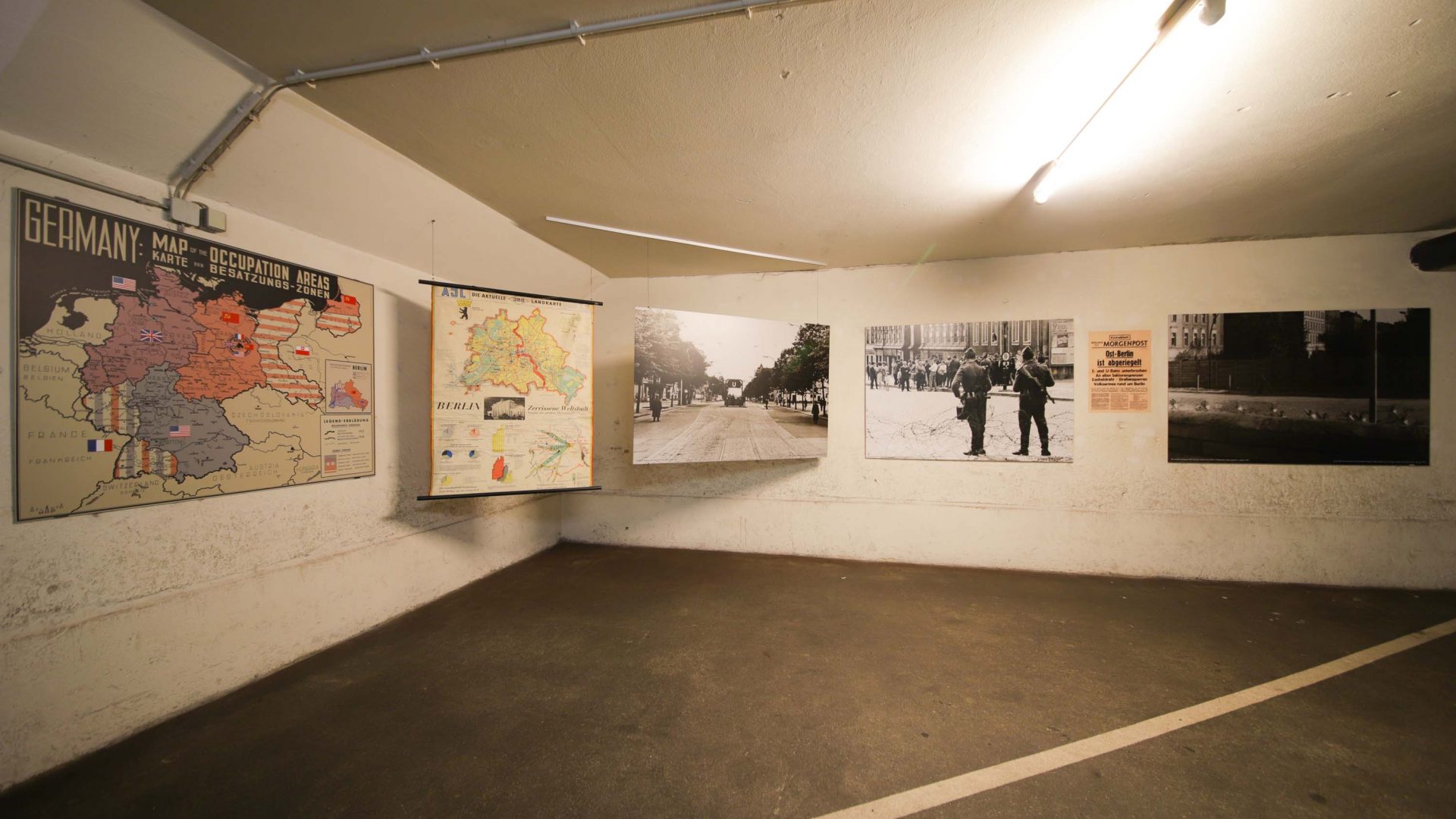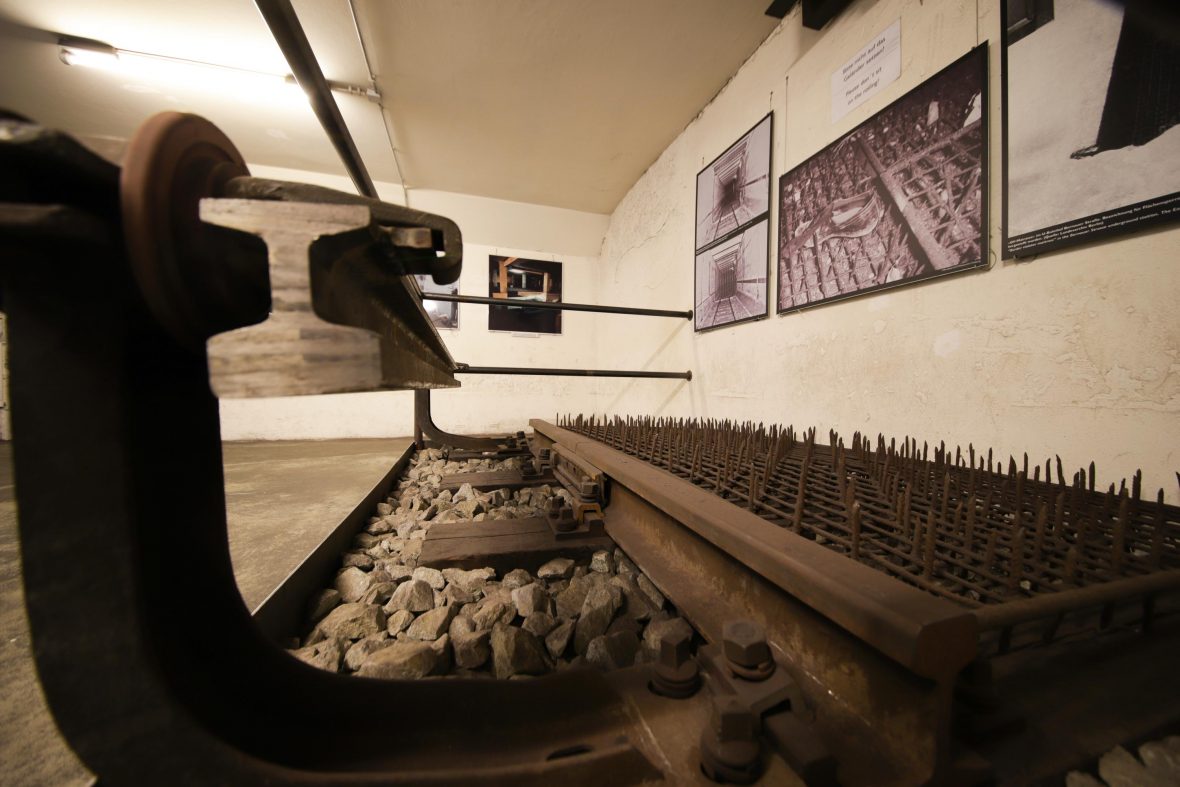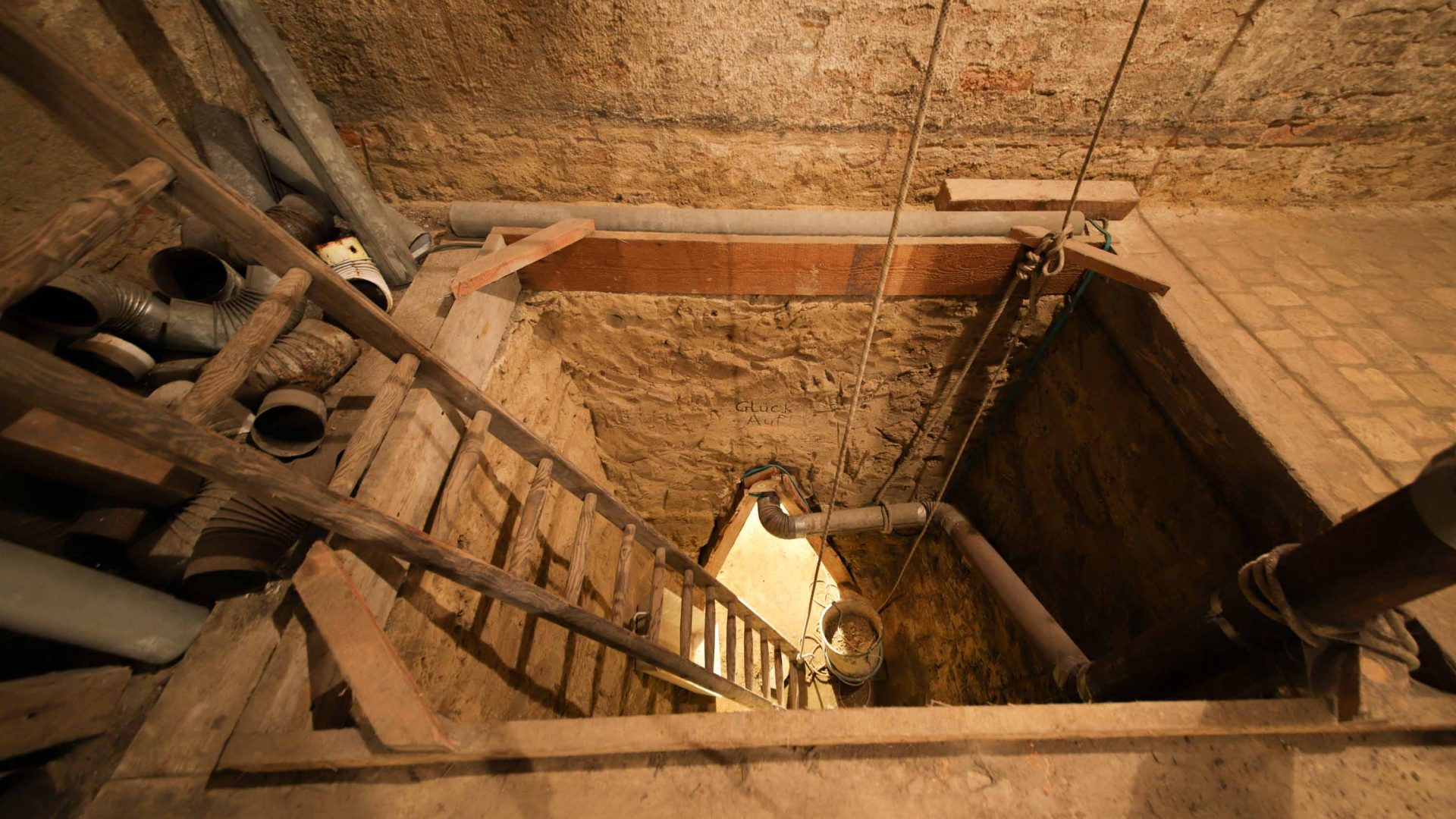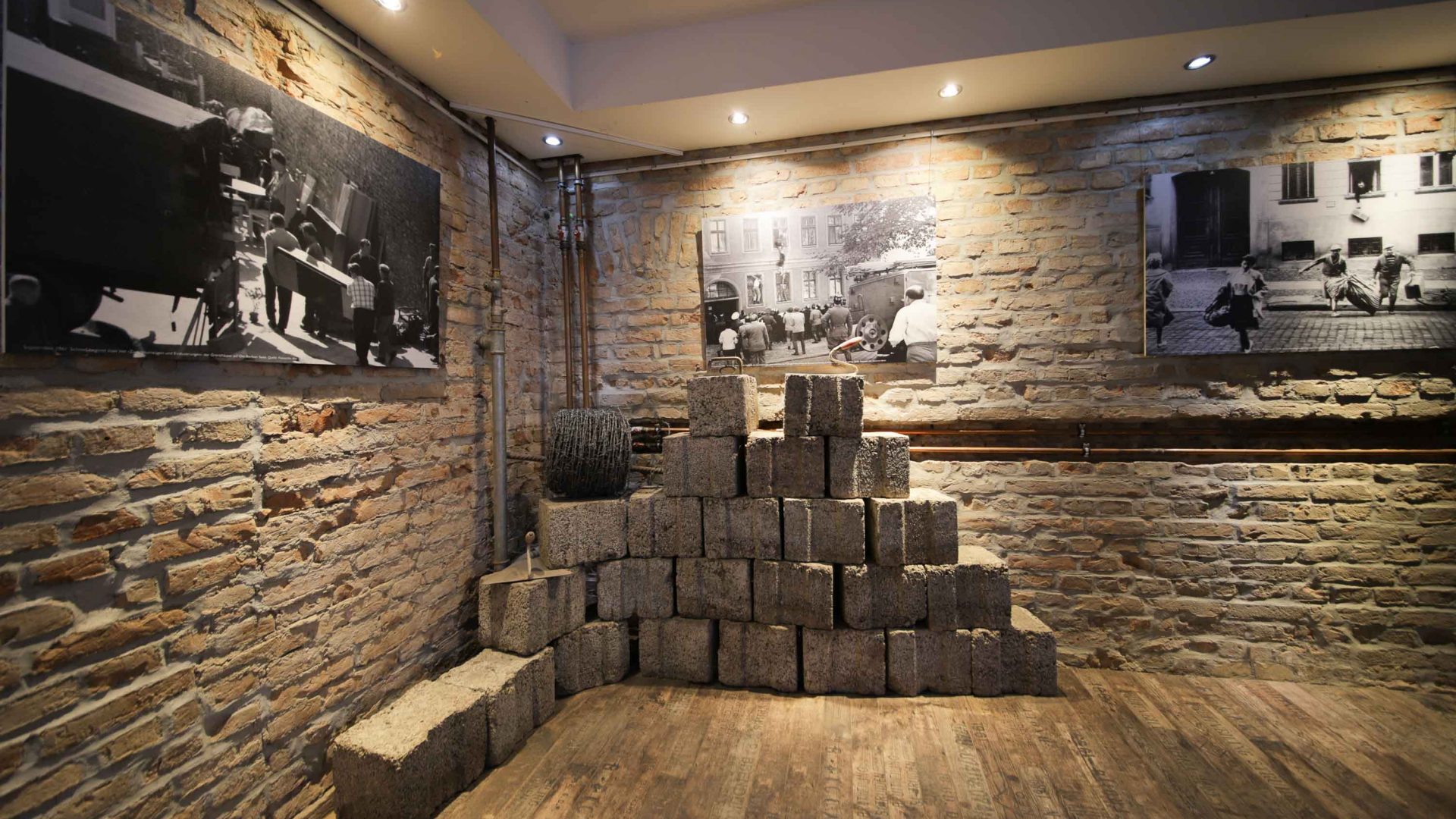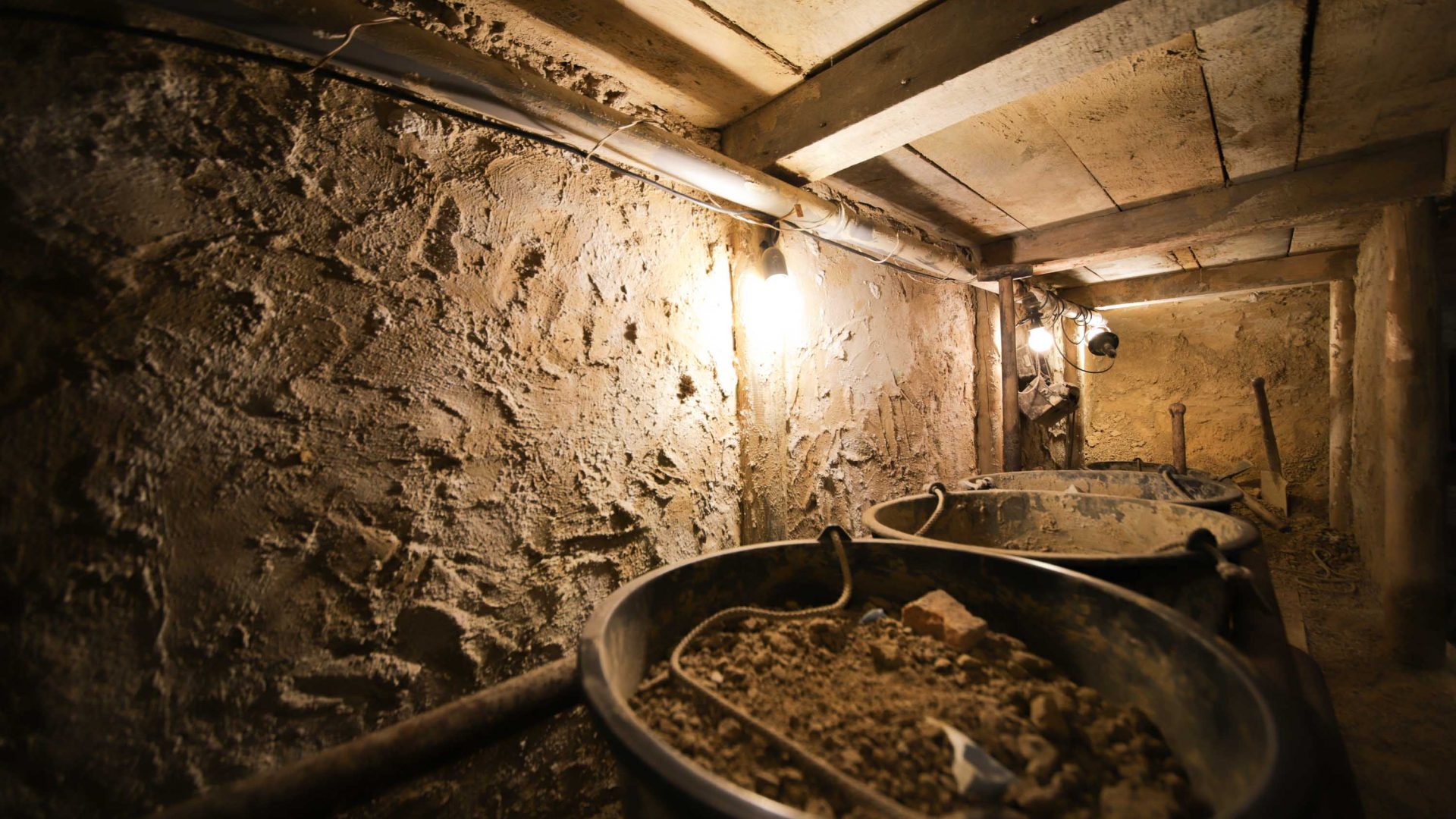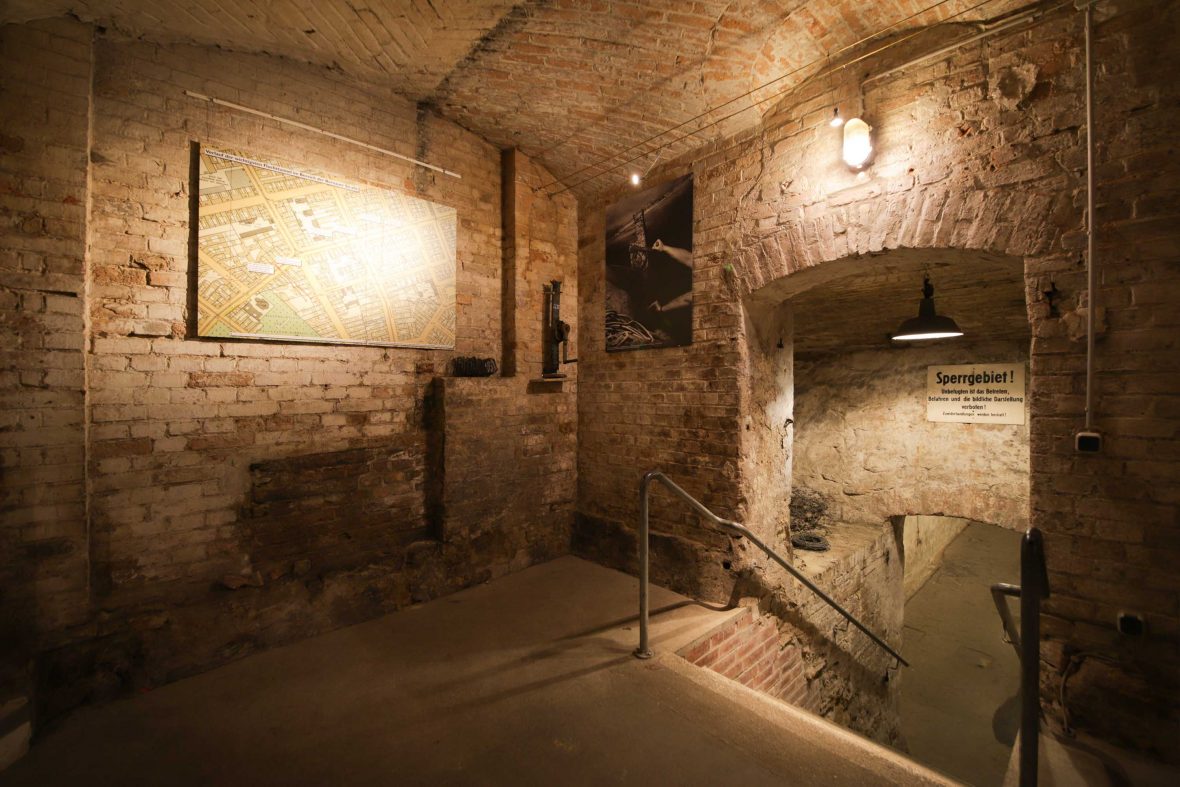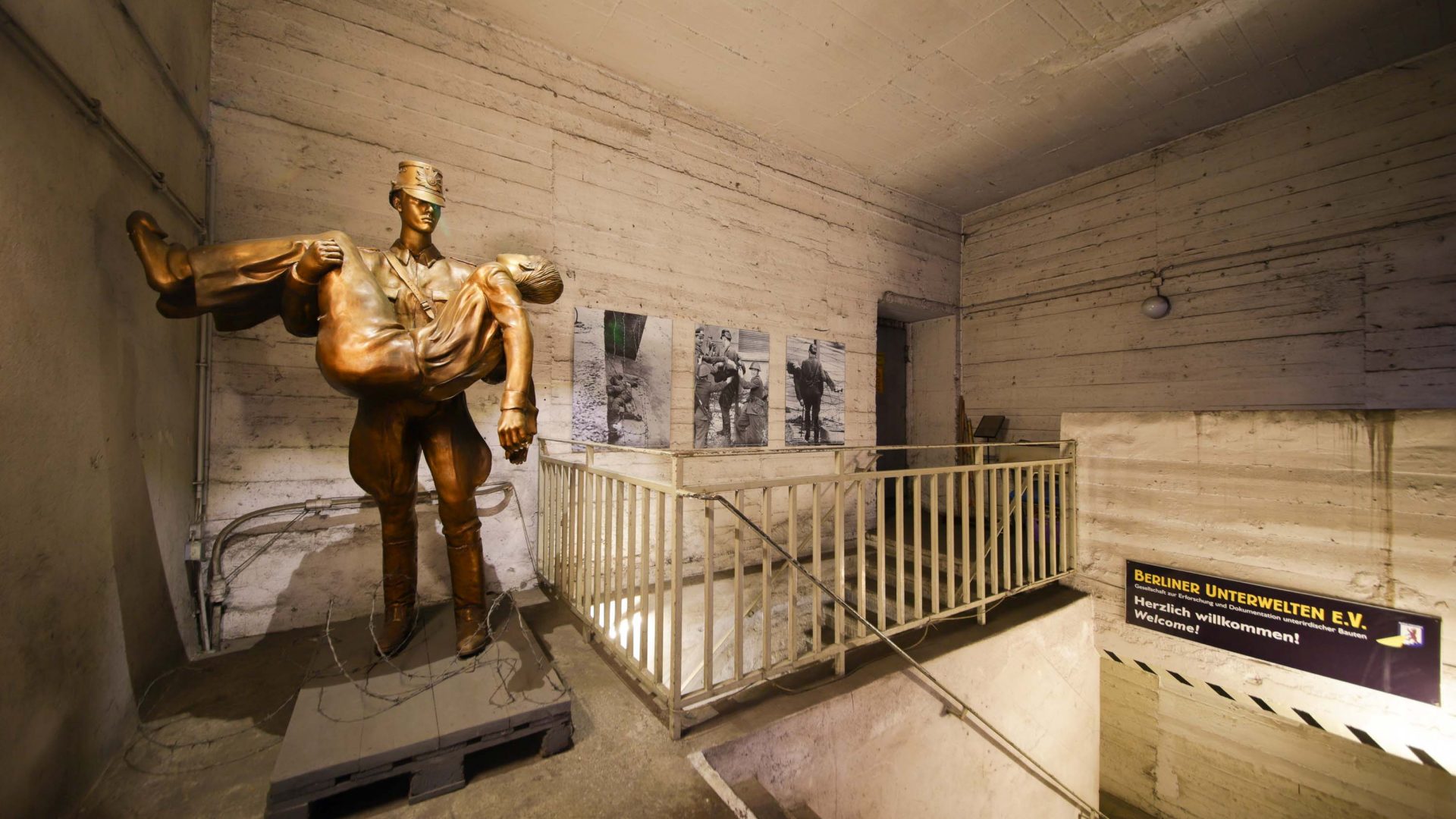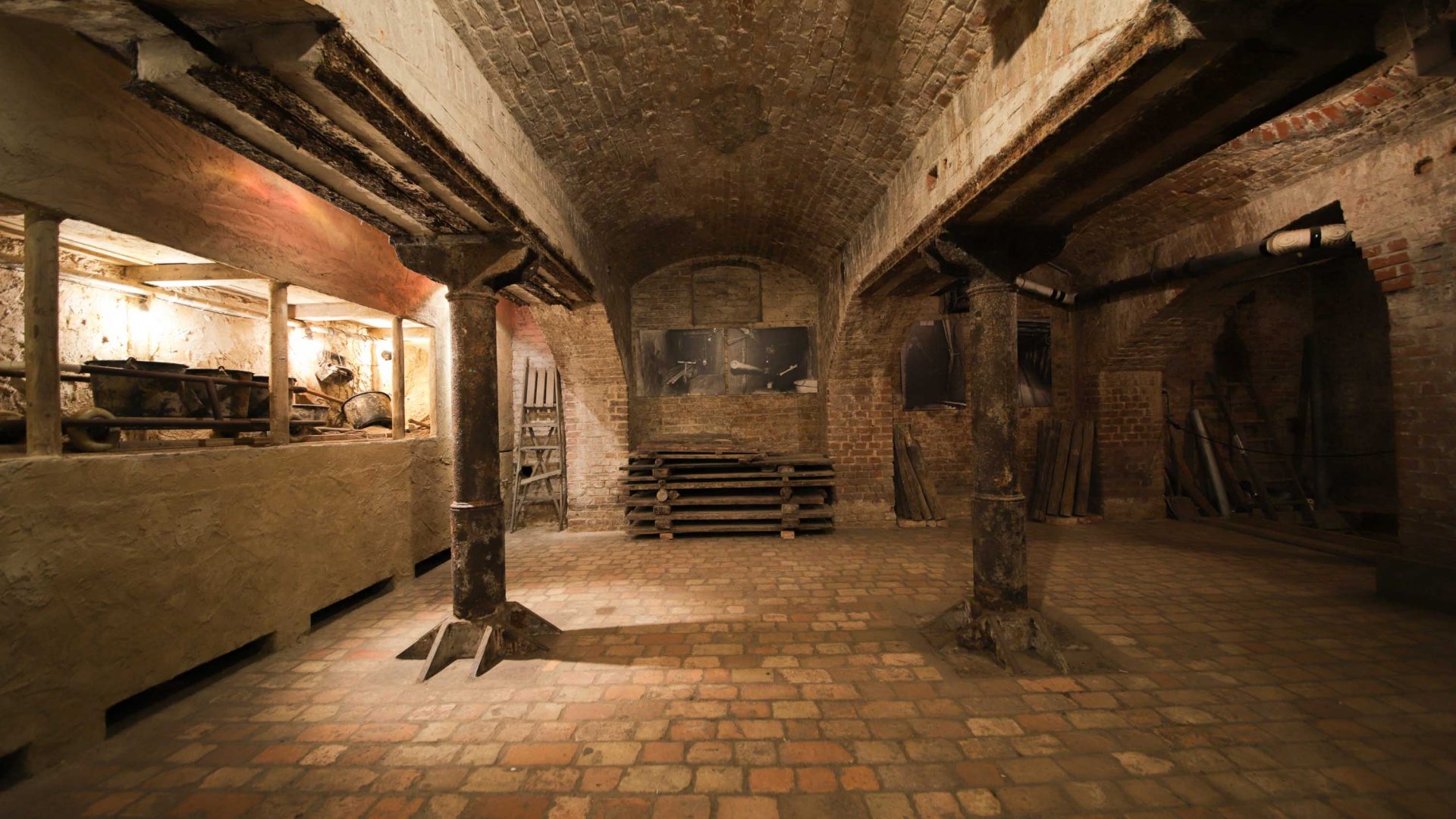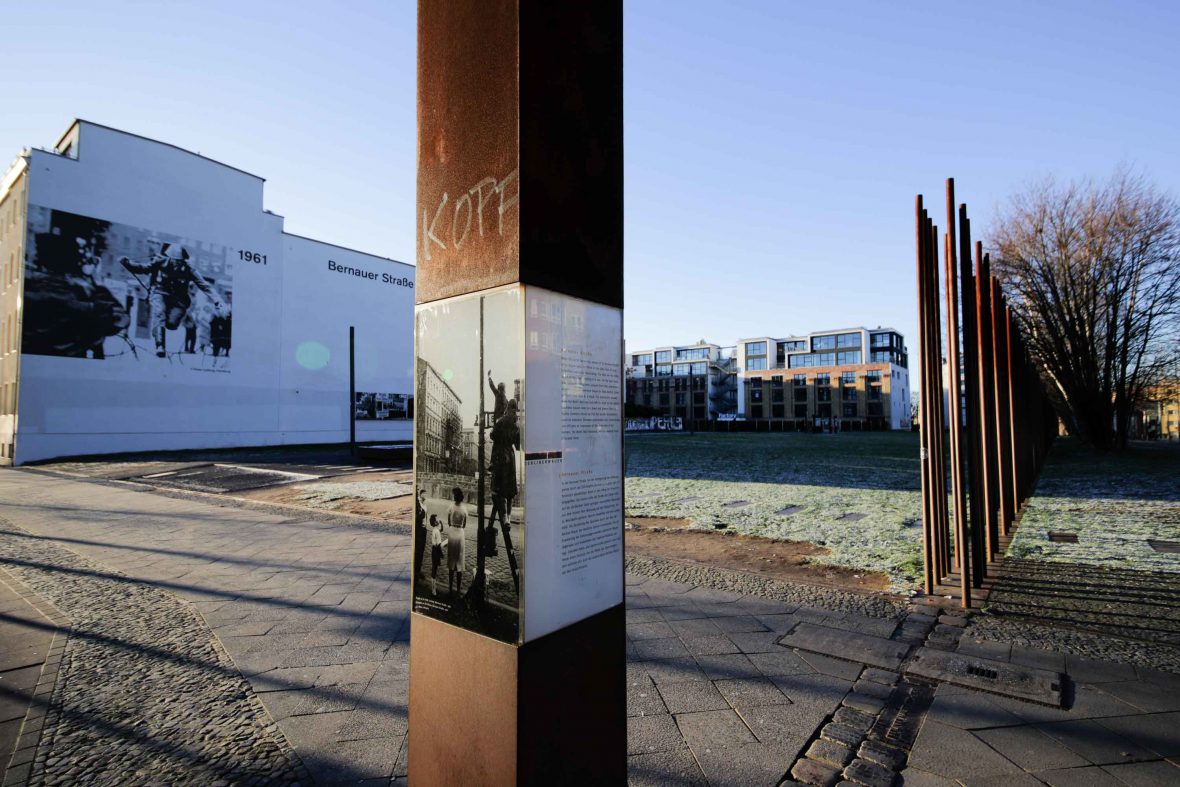Editor’s note: This article was published before the coronavirus pandemic, and may not reflect the current situation on the ground.
2020 marks 30 years since the fall of the Berlin Wall. Joey Tyson heads underground and discovers remarkable stories of escape from East Germany.
Somewhere beneath the former West Berlin, a train rumbles overhead. We’re in a disused part of the city’s U-Bahn network in a former defense shelter; the tunnel’s white-washed concrete walls seem to squeeze inwards, its low roof pressing down. There’s a hint of claustrophobia. I think that’s the point.
“From the start, people were trying to escape,” explains Eran Kedar, our guide.
When the Iron Curtain slammed down across Berlin on August 13, 1961, East Germans, who until the day before could simply stroll across the city’s border, probably felt a similar feeling of suffocation. They were pretty much trapped, divided by force.
On one side of the wall, you had the liberated. Newly emancipated from Nazi oppression, the West was flourishing while the East slumped further into an autocratic quagmire. Peter Millar, author and Reuters’ East Berlin correspondent described the Berlin of that time as a “schizophrenic city”.
A failing economy and an increasingly invasive police state inevitably spurred thousands to attempt escape. Almost immediately, East Berliners went underground, using the U-Bahn to get out.
And that’s why I’m on this tour—to hear these remarkable stories. The tours are led by Berliner Unterwelten e.V, an association dedicated to the strange, stunning subterranean history of Berlin.
RELATED: Borders: What are they good for?
We begin in a large underground room with a map of the city’s transport system on the wall, showing how two U-Bahn lines ran right through the East and back into the West. Although the German Democratic Republic (GDR), as East Germany was then called, closed the U-Bahn stations in the East, a person could still get on the train as it passed through—if you were brave enough to jump onto a moving carriage, that is.
To stop these one-way commuters hurling themselves onto trains, the GDR simply sped up the trains. And when this didn’t work, soldiers were brought in to guard the stations.
A far more successful but infinitely less pleasant way to escape soon emerged: The sewer. A space beneath the grills, designed to let solid sewage pass, allowed a person to slip under. Suddenly, a moving train doesn’t sound so bad. Some 800 people left East Germany in this way—until the GDR blocked the drains.
No trains, no drains. By this point, the wall itself was taking shape; a mix of brick walls, makeshift fences and barbed wire soon became great slabs of concrete and sentry towers. Escape became increasingly difficult, but not impossible. And there was still one option left.
“Do it yourself. Build your own infrastructure,” says Eran.
In other words, dig your own tunnel.
Such was the level of surveillance in East Germany, you really could trust no one. With potential informers everywhere, almost 250,000 people were arrested for attempting escape. And while failure was a huge possibility, there were some remarkable successes.
RELATED: A stroll through the capital of Europe’s secret state
In 1962, 81-year-old Max Thomas tunnelled out from his chicken coop, helping his wife and four more elderly couples escape. The tunnel, larger than most, allowed the OAP escapees to practically walk out. In fact, the size of it, almost two meters high, raised a few eyebrows upon discovery—the bigger the tunnel, the more chance of being discovered.
When asked about this risk, Thomas reportedly said that he wanted his wife to “see freedom with her head held high”.
“A romantic,” jokes Eran.
Continuing underground, we exit a secret door onto the working U-Bahn platform at Hermanstrasse Station. From a dimly lit tunnel, we enter a stairwell, bright lights and people on their commute home, and take the train to Bernauer Strasse and the Berlin Wall Memorial.
It’s a gray, overcast day as we emerge. The city’s disco-ball TV tower looms in the background against a gloomy sky. Five-meter-high metal rods stick out of the earth, showing the line where the wall once stood, commemorating those who died while attempting escape. An enormous mural of Conrad Schumann’s iconic “leap of freedom” (the border guard was snapped jumping over the wall as he defected) is emblazoned on a nearby building.
The group takes a moment to reflect before Eran points to a series of track marks in the grass: Large slabs of metal, one for each tunnel attempt. Seven attempts were made within an area of 350 kilometers, including two of the most successful, Tunnels 29 and 57.
“The numbers have nothing to do with chronology; they account for the number of people who were able to escape,” explains Eran.
Egon Schultz became a hero, martyred by the GDR propaganda machine. Later, it was revealed that he’d been a victim of friendly fire, a detail supressed by the East German state at the time.
Ultimately, Schultz failed in preventing the escape, and no other tunnel would achieve such a level of success. The wall stood for another 25 years before it was eventually torn down on November 9, 1989. In total, 5,000 people are believed to have escaped, 300 using tunnels.
Thousands of Berliners still live with these memories of separation and surveillance. As I leave Berliner Unterwelten e.V’s HQ, back out into autumnal Berlin, I think how easily we seem to forget. All over Europe, as nations squabble over their own abstract ideas of sovereignty and power, these themes seem to be rearing their ugly heads once more. But as these tunnels prove, walls—physical or symbolic—never really work.
